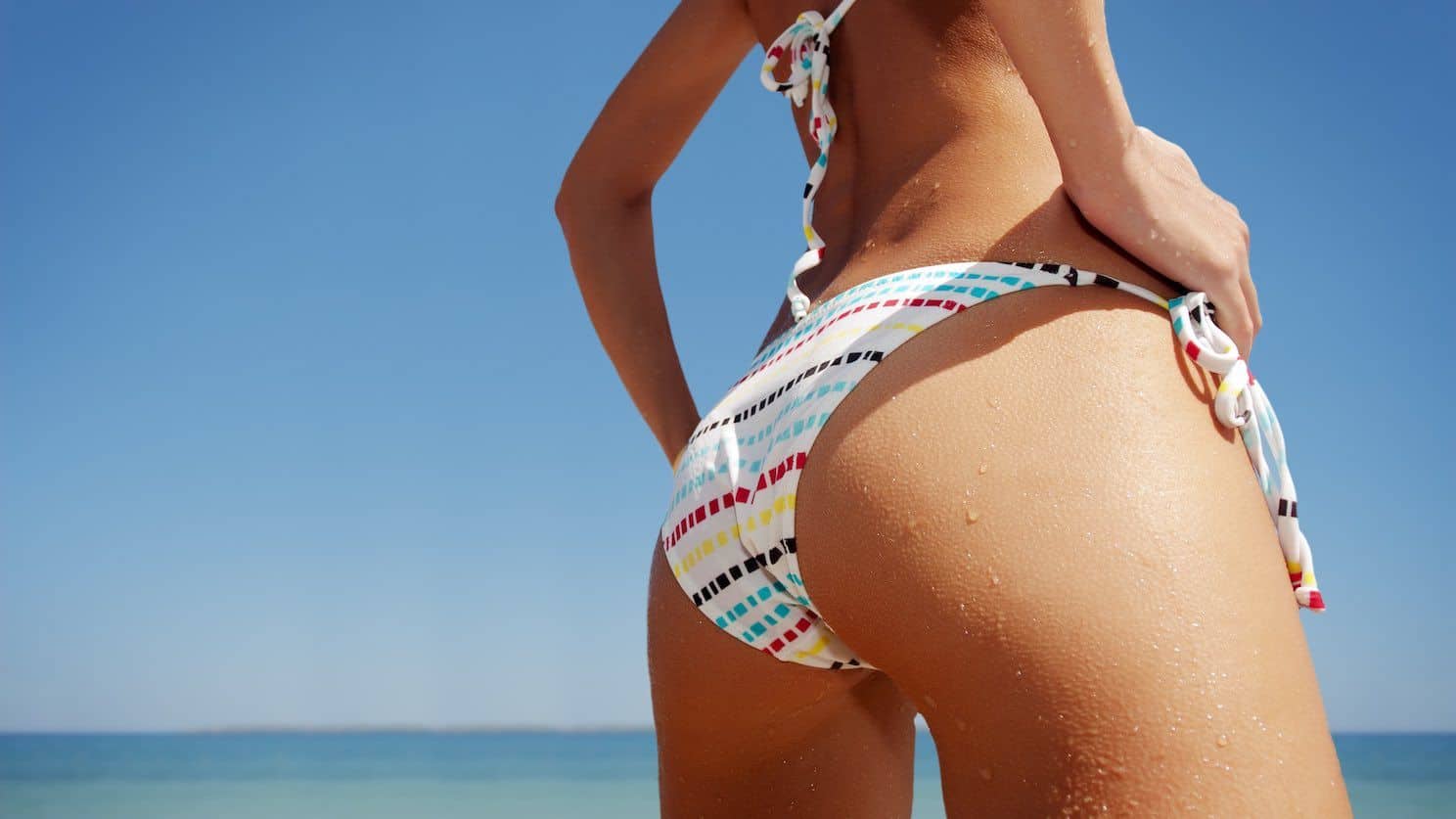Jennifer Lopez, Kim Kardashian, and Nicki Minaj are just a few of today’s celebrities that have been both criticised and praised for having a full, shapely bottom. Whichever side of the “junk in the trunk” fence you may be on, it’s clear that J’Lo’s bounty has spurred a renewed interest in having a curvaceous booty.
That interest is turning into action as more and more women are asking their cosmetic surgeons about butt augmentation and butt implants.
Butt Augmentation – In Demand in the U.S. and Australia
In the same way that there are trends in fashion, there are trends in body types. In the 1960’s, reed-thin model Twiggy was the “it” girl of the moment. But in the 17th Century, people admired the voluptuous women that Dutch artist Peter Paul Rubens painted in the 17th Century, which gave rise to the admiring term “Rubenesque.”
“Over the past decade, we’ve seen a cultural shift towards a greater acceptance of and a desire for a rounder, more prominent derriere in specific regions across the country,” says Dr Jack Fisher, President of The American Society for Aesthetic Plastic Surgery.
As a result of this cultural shift, the number of surgeons performing buttock augmentations in the U.S. has increased dramatically from 19% in 2012 to 30% in 2013.
Like the U.S., Australia has also seen an increased interest in increasing butt size and shape. Dr Ashley Granot, an Australian cosmetic surgeon, told ninemsn, “Five years ago, nobody mentioned it, but now we get asked about it at least every week or two,” he said.
Because Exercise Is Not Enough
Why the rush to cosmetic enhancement rather than a rush to the gym? For years, women have spent hours at the gym in the hope of changing the size and shape of their assets. Unfortunately, many learned that exercise was not an answer. The buttocks are difficult to enlarge or shape through weight training, diet or other exercise alone.
Dr. Melinda Lacerna-Kimbrell, a leading surgeon explains why: “You can do lunges all day and cause hypertrophy (an increase in size of skeletal muscle through an increase in the size of its component cells), but that is not enough. A lot of ladies are looking for more projection” which, she explains, cannot be achieved with exercise.
Lacerna-Kimbrell goes on to note that there is a natural flatness or recess in the outer part of the buttocks. “So even if you do a lot of lunges, because there’s no muscle in that outer part of the butt, it still tends to be concave or recessed in most women,” she says.
Fortunately, the butt is an excellent place for augmentation by silicone implants or fat grafting.
Unlike implants used for breasts, implants created for use in the buttocks are made of solid silicone. They are difficult to puncture or burst and are less likely to be mobile than breast implants. Therefore, barring infection or problems caused by scar formation, the implants should last a lifetime.
